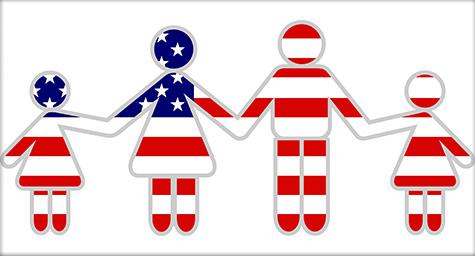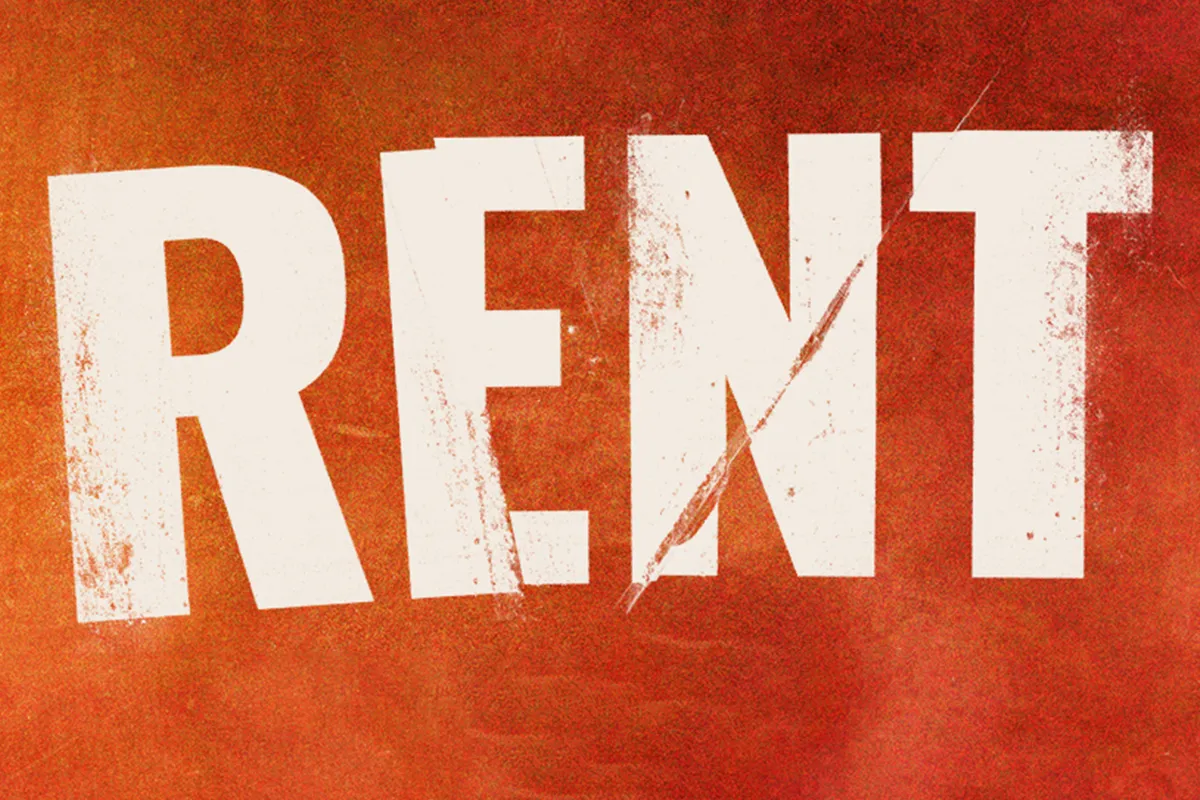Eligibility for Early SAVE Loan Forgiveness
Eligibility for loan forgiveness under the SAVE program hinges on two primary factors: the initial sum borrowed for tertiary education and the duration of repayment. Essentially, there's no cap on the debt amount eligible for forgiveness, provided the stipulated repayment period is fulfilled.
Key eligibility criteria include:
- Borrowers who initially took a loan of $12,000 or less can qualify for forgiveness after a minimum of 10 years of repayments.
- For every additional $1,000 borrowed above the $12,000 threshold, the required repayment period extends by one year. For example, a $13,000 loan would necessitate 11 years of repayments, $14,000 would require 12 years, and so forth.
- Enrollment in the SAVE repayment scheme is a prerequisite.
According to the Department of Education, qualifying borrowers will have their debts forgiven as soon as February, and no further action is required on their part. The department plans to reach out to potential beneficiaries who are yet to enroll in SAVE. Keep an eye out for an email with the subject line: “You may qualify for loan forgiveness on SAVE.”
To date, approximately 7 million individuals have joined the SAVE program, as per the latest data from the Department of Education. Out of these, close to 4 million borrowers are currently enjoying a monthly student loan payment of $0.
As a plan linked to income, SAVE calculates monthly loan payments at 10% of your discretionary income, determined by a formula that incorporates 250% of the federal poverty level. If your discretionary income is nil, your required payment is effectively zero. Each such “payment” of zero still contributes to your repayment history. Depending on the original loan amount, forgiveness could be granted after 10 to 25 years of such payments.
For undergraduate loans, the maximum repayment duration is capped at 20 years, whereas for graduate loans, it extends to 25 years. Consequently, borrowers who initially borrowed less than $21,000 are likely to achieve forgiveness sooner than the 20-year timeline typically associated with previous income-driven repayment plans.
In July, additional enhancements to the SAVE program are expected. Notably, the formula for calculating monthly payments will become more favorable. The forthcoming change will reduce the monthly payments in the SAVE program to 5% of your disposable income, a decrease from the current rate of 10%.





